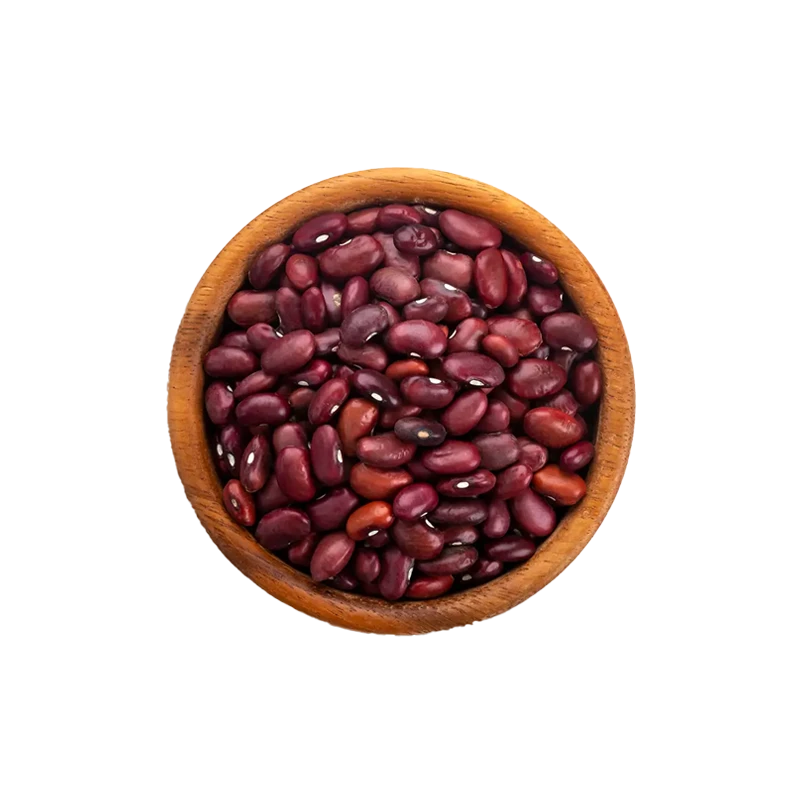Sirloin — Nutrients, Health Benefits, and Shopping Tips

Written by Listonic Team
Last update on September 3, 2024
Sirloin nutrients
Nutrition facts
Amount per 100 g
Calories
🔥 207 kcal
| Nutrients per: 100 g | Value | % Daily Value* |
|---|---|---|
| Carbs | 0 g | - |
| Fiber | 0 g | - |
| Sugars | 0 g | - |
| Glycemic Index | 0 | - |
| Protein | 23 g | 46% |
| Sodium | 55 mg | 2.39% |
| Total Fat | 13 | 16.67% |
*The % of Daily Value (DV) tells you how much a nutrient in a serving of food contributes to a daily diet. 2,000 calories a day is used for general nutrition advice.
23 g
💪 High Protein Content
Sirloin facts & tips
Health benefits
- High in protein, essential for muscle growth, repair, and overall body function.
- Rich in essential vitamins and minerals such as iron, zinc, and B vitamins (especially B12), which support energy production, immune function, and overall health.
- Contains healthy fats, particularly if trimmed of excess fat, providing energy and supporting cell function.
- Supports muscle health due to its high protein content and amino acid profile.
Health risks
- High fat content particularly in certain cuts, which can raise cholesterol levels and increase the risk of heart disease when consumed frequently.
- High calorie content which can contribute to weight gain if consumed frequently or in large portions, especially when combined with rich sauces or sides.
- Risk of contamination with harmful bacteria such as Salmonella or E. coli, particularly if the sirloin is not properly cooked to a safe internal temperature.
- Potential for overconsumption due to its tender texture and rich flavor, leading to excessive calorie and fat intake if not mindful of portion sizes.
How to choose sirloin
Sirloin steaks should have a bright red color, firm texture, and a moderate amount of marbling, which enhances flavor and juiciness. The fat should be white and not yellowed, indicating the meat is fresh.
Avoid sirloin that is overly tough or has excessive gristle. Steaks with a dull color or an off odor should also be avoided, as they may not provide the optimal eating experience.

How to store sirloin
Fresh sirloin should be stored in the refrigerator, tightly wrapped in plastic wrap or butcher paper. Refrigeration keeps it fresh for up to five days. For longer storage, freezing is recommended.
Exposure to air can cause sirloin to spoil quickly. Avoid storing it near ready-to-eat foods to prevent cross-contamination. Always thaw frozen sirloin in the refrigerator and use it promptly to ensure the best flavor and safety.
✅ Extra Tip
How long does it last?
Sirloin can last for 3-5 days in the refrigerator. For longer storage, sirloin can be frozen for up to 6-12 months. Proper packaging, such as vacuum-sealing, helps maintain its quality over longer storage periods.
What to do with leftovers?
Leftover sirloin can be used in a variety of savory and hearty dishes. Slice it thinly and add to sandwiches, wraps, or salads for a flavorful protein, or chop it up and mix into a stir-fry with vegetables and rice. Sirloin is also great when added to pasta dishes with a tomato or cream sauce, or used as a topping for pizzas or flatbreads.
Use sirloin in a stew or chili with beans, vegetables, and a rich broth, or mix it into a rice dish like fried rice or stir-fried noodles. If you have a lot of sirloin, consider making a batch of sirloin sliders with cheese, pickles, and mustard, or using it as a filling for tacos, burritos, or quesadillas. Sirloin can also be sliced and served over a grain bowl with quinoa, roasted vegetables, and a tangy dressing. For a quick snack, reheat sirloin slices and serve with a dipping sauce or on a bed of greens.
👨⚕️️ Medical disclaimer
How sirloin supports specific health conditions
Sirloin is a lean cut of beef rich in protein, promoting muscle health and aiding in tissue repair. It is also a good source of B vitamins, such as B12, supporting brain function and energy metabolism. Sirloin contains iron, promoting blood health by preventing anemia. Its lower fat content compared to other cuts makes it a heart-healthy choice when consumed in moderation and prepared with healthy cooking methods.
Discover products from other categories
Listonic Team
Fact-checked
Our editorial team checked this article to make sure it was accurate at the time of publishing it.
Get the top-rated shopping list app







